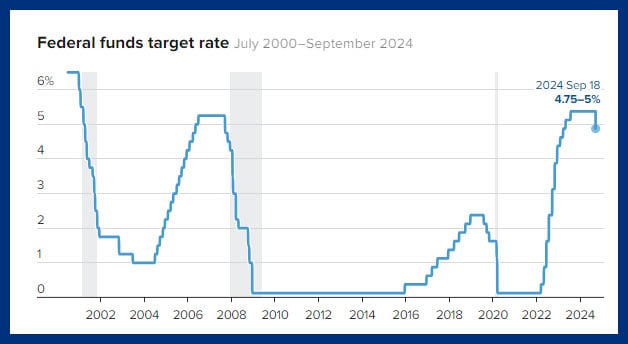Should lenders pass on the full rate cut, the lowest five-year variable rate available in Canada will decrease from 5.95% to 5.7%. According to calculations conducted by Ratehub.ca, that could save the average borrower $96 per month, assuming the following:
- 10% down payment
- Home price of $703,446 (the national April average according to the Canadian Real Estate Association (CREA))
- A five-year variable mortgage rate, amortized over 25 years
- Total mortgage amount of $652,727, equalling a monthly payment of $4,157
Fixed mortgage rates may also decrease
While fixed mortgage rates aren’t directly influenced by the BoC’s benchmark rate, their pricing is governed by the bond market. And bond investors are pleased as punch about this rate cut. Yields for five-year government of Canada bonds, which lenders use as the pricing floor for five-year fixed mortgage rates, have dropped roughly 30 basis points in the week leading up to the rate announcement. And as of June 5, they are hovering around 3.4%. Should this persist, lenders may discount their fixed mortgage rates, and they may continue to do so as long as lower-rate sentiment and yields trend lower.
If you’re currently shopping for a home
Rate cuts pose an interesting catch-22 for anyone entering the housing market. On one hand, lower rates should spell improved mortgage affordability. However, as we’ve seen in rate cut eras past, they can also rapidly inflame urgency among buyers, ramp up competition in the market, and push home prices higher. For example, during the pandemic, home prices hit new records as sales surged, even in the usually-cheaper rural markets. (Check out the MoneySense list of the best places to buy real estate in Canada based on value.)
It remains to be seen whether this will unfold in the immediate future, though, as a quarter-point cut does little to offset already historically high borrowing costs. Buyer budgets remain stretched, which has led to a fairly stagnant spring market. CREA reports home sales actually fell 1.7% between March and April this year, which isn’t seasonally typical.
“It will be interesting to see if this first 25 basis point rate cut is enough to stoke demand and cause FOMO to return in the housing market or if buyers will wait to see further rate relief,” says Laird. (Read: “How much income do I need to qualify for a mortgage in Canada?”)
Check out the impact on rates today.
What the BoC rate means if you’re an investor
In general, rate cuts are good for stock markets, as lower borrowing costs boost everyone’s bottom lines. As of noon on June 5, the TSX Composite is up 124.5 points (0.57%), while bond markets are easing.
However, today’s rate cut signifies another notable milestone: the BoC has now deviated from the monetary policy of the U.S. Federal Reserve (the American central bank). Typically, the two central banks move in tandem on rate direction, given how intertwined the Canadian and U.S. economies are. Should the BoC stray too far from the U.S. Fed’s actions, it could risk shocking the Canadian currency, which in turn would drive inflation right back up.
However, the two countries are in two different places when it comes to their economic and inflationary recovery. Unlike Canada, which is seeing progress on the latter, the American CPI has remained stubbornly high at 3.4%, and posted another 0.3% monthly gain in its most recent April report. Labour numbers and GDP appear stronger south of the border. This has effectively reversed previous forecasts from multiple U.S. Fed rate cuts this year to none at all.
An economic note written by Desjardins economists declared a 10% decrease in the Canadian dollar would have roughly the same effect on the economy as a full percentage point cut. “As a result, currency depreciation can limit how much the Bank of Canada needs to ease financial conditions via rate cuts this year and next,” they write.
However, market chatter anticipates just two BoC rate cuts this year (there are four announcements left for 2024), which would lead to little price fluctuations for the two currencies. Rather, the BoC will need to factor in any downward pressure on the Loonie when setting its rate strategy.




